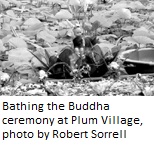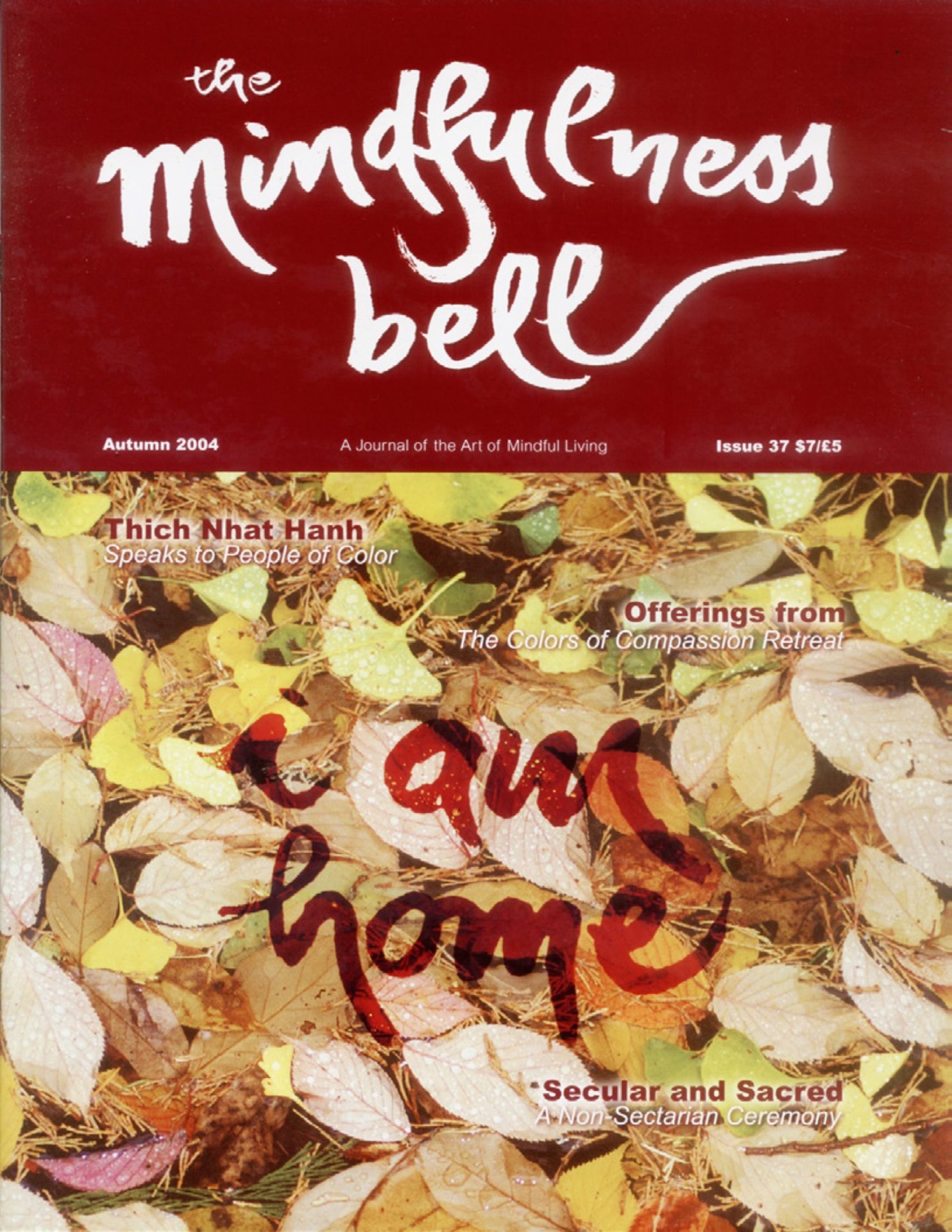
by Rena Rubin
The New York City school where I teach seventh grade art has inherited a community garden a few blocks away. An unsolicited slice of community life is generously offered through the open windows of the apartment buildings cloistering that space. Ujima Garden existed in a state of abandoned neglect until our science and art departments became the custodian at the end of last summer. Though skeptical at first,

by Rena Rubin
The New York City school where I teach seventh grade art has inherited a community garden a few blocks away. An unsolicited slice of community life is generously offered through the open windows of the apartment buildings cloistering that space. Ujima Garden existed in a state of abandoned neglect until our science and art departments became the custodian at the end of last summer. Though skeptical at first, my assignment was to have the students paint a mural on one of the walls adjoining the garden.
When we began going to the garden every art/science day, I spent most of my time observing my kids in this new environment. Predictably, the destructive ones threw rocks and broke a couple of gardening tools; some kids sat or stood as far away from nature as possible; but some, who I least expected, dug and planted with a passion.
The twins, Catrima and Fatima, were totally engaged in cultivating the soil for the vegetable plot. In other classes, their chronic attitude has established a somewhat contentious relationship between us. But watching them in the garden was an epiphanous experience, reminding me to suspend all judgment made in the context of a NYC public school classroom.
Fatima’s class was first period. As the students were turning soil in their designated area, an enormous earthworm was uncovered, followed immediately by earsplitting screams of shock, curiosity, and revulsion. As I saw one student reach down to scoop it up, I cringed, thinking the poor little guy doesn’t have a chance. I remembered stories I had heard in Dharamsala, about the Buddhist monks breaking ground for a new building: they would gently and painstakingly sift through the soil with their hands to remove all earthworms from harm’s way before the workmen began digging the foundation. Before I could intervene, the little creature was being passed around from student to student, until it ended up in Fatima’s hands, which extended to receive the earthworm as if it were a sacred offering.
There are moments one never forgets, and this was one for me. Fatima cradled this creature in her palms with such tenderness, compassion, and love, that she instantly became the most radiant being on the planet. I wasn’t sure who was more blessed –– Fatima, the earthworm, or me.
The next day I passed Fatima’s class, lined up in the hall. I stopped to tell her that I wished I’d brought my camera with me so I could have taken her picture holding the worm so gently—she looked absolutely beautiful! I was rewarded by a smile so large, it could transform the world.
Rena Rubin, Radiant Jewel of the Source, practices with the Brooklyn Sangha in New York. She is a musician, artist, and art teacher who says, “The students, hands down, have been my biggest teacher.”

